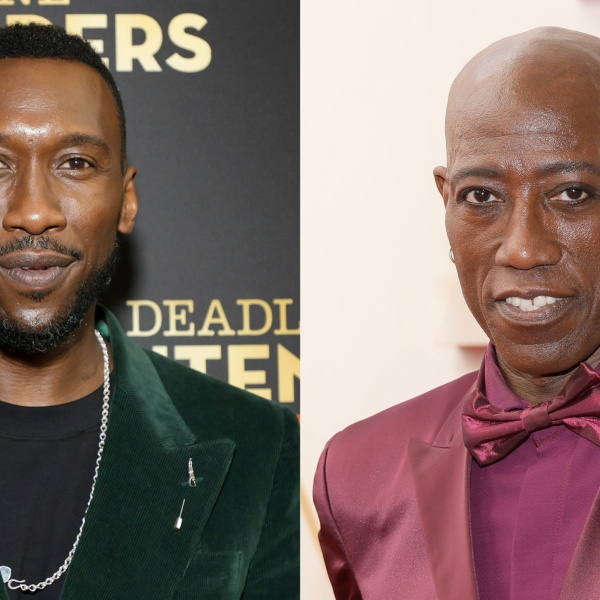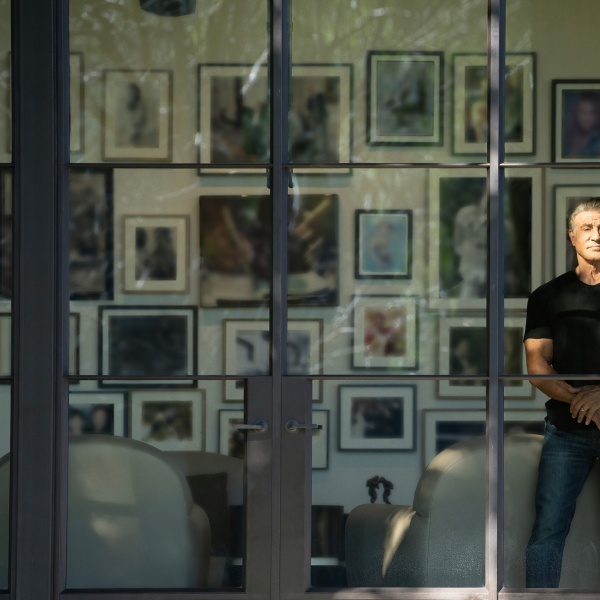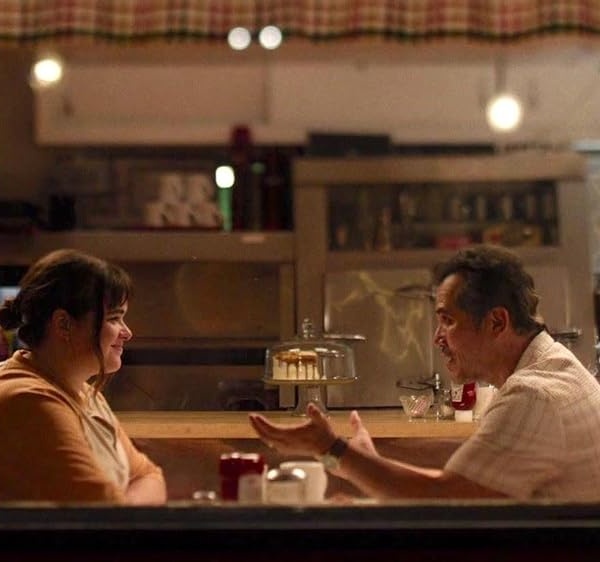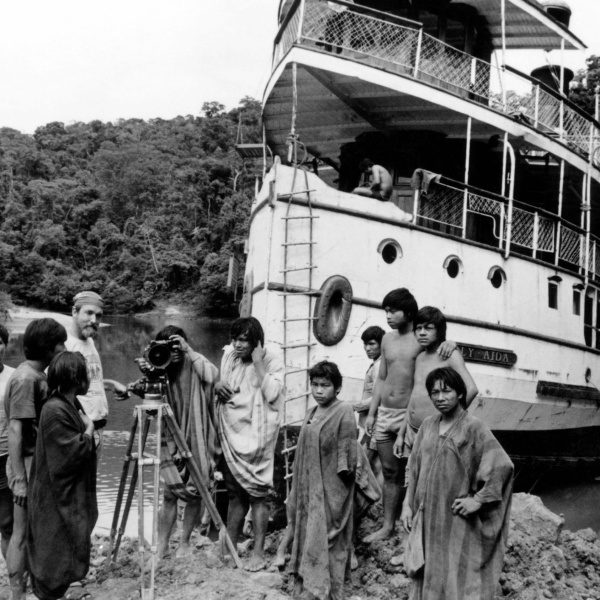
Catherine Hardwicke, for better or worse, has largely defined what we have experienced, cinematically, for the past couple of years. Her influence might get lost in the shuffle, since every subsequent film has been helmed by a different director, but with the look and feel of the first “Twilight“‘ movie, she set the stage for a whole bunch of copycats and wannabes, which makes it all the more startling that she’s returning to remarkably similar (hallowed) ground, with a revisionist take on “Red Riding Hood.”
While, mercifully, this new rendition isn’t set in a modern day high school, there are still hallmarks of the Hardwicke School of Brooding Adolescents – lots of pouts, meaningful glances, and poorly choreographed fight sequences. There’s still considerable sizzle brimming underneath those bodices, but what the film badly needs (bite) it finds most lacking. And no amount of Gary Oldman showboating can convince us otherwise. Still, it’s better than all the “Twilight” movies put together.

“Red Riding Hood” begins with the camera gliding over glacial mountaintops, until we reach a village that looks like it sprung from a pop-up book, so phony it could be placed within Fantasyland at Disney World and no one would blink. This is a village that has been menaced, over the years, by a terrifying wolf, as our narrator, the wearer of the titular ruby shawl (Amanda Seyfried), gravely intones. We get glimpses of the villagers tying down the sacrificial goat, and our narrator Valerie as a young girl running away from her duties with a handsome young lad Peter (played by Shiloh Fernandez when we momentarily flash forward ten years, reminding us that styling mousse was a fairy tale mainstay).
When we jump ahead we see that the young girl has grown into the stunningly gorgeous Seyfried but not all is well in her village – the wolf has slaughtered a human, Valerie’s older sister, breaking a twenty year truce. This puts everyone in the village on edge – her parents (played by Virginia Madsen and “Twilight” alum Billy Burke), her lover (Shiloh Fernandez, who you can tell is different from the other handsome kid because his hair is slightly darker), and the young lad who she’s engaged to be wed to, despite her protests (Max Irons). The town priest (Lukas Haas) calls in an esteemed witch-finder (Gary Oldman, raising the bar for over-the-top), which whips the townsfolk into a frenzy.
It’s here that the movie finds its groove and reveals itself to be more of an Agatha Christie-style whodunit than anything else, with suspicions raised pitting villager against villager since, instead of being a wolf 24/7, this hedges closer to werewolf mythology, with the beast returning to human form during the daylight hours. As cast members are picked off, the suspects roster dwindles, but Hardwicke shows a surprising amount of dexterity as she misdirects the audience and points the finger at (sometimes obvious) red herrings. The werewolf attack sequences, too, show some directorial flair, with the wolf itself rendered as a huge hulking beast, more menacing than those overgrown puppies in the “Twilight” franchise.
Amanda Seyfried, too, more than holds her own against the insanity on screen, with Valerie showing herself to be a strong and positively modern young woman. You sort of wish that Hardwicke had pushed the character further, but Seyfried often subtly shows a winking knowingness. Behind those big eyes glimmer independence, and feminism slipped into fairy tales is always a good thing, especially when it’s got a soundtrack featuring throbbing new tunes from Fever Ray.
You just wish that the smart stuff triumphed over the movie’s obvious deficiencies, chiefly Hardwicke’s inability to stage a proper action sequence (a fight scene in a fire is almost hilariously incomprehensible) or even to lay out the spatial geography of the village in a way that we can easily digest. Towards the end of the movie, there’s a sequence set up outside the perimeter of the church (since it’s consecrated ground, the hellish beast cannot enter) and you could feel the audience go, “Huh, so that’s where the church is.”
Emotional beats, too, are dropped like lead zeppelins – for all the carnage, few characters actually feel anything, at least at a level we can register. Although, again, behind Seyfried’s what-big-eyes-you-have eyes lies untold depth. Most of the actors seem to be totally game at taking part in the Renaissance Festival-style theatrics (even Julie Christie, who shows up as the slightly wiccan grandmother, her hair a tangle of flower-threaded dreadlocks). You just wish that Hardwicke, who keeps the pace nimble and the actors looking sullen and sexy, was more up to the challenge. She helped define an era of cinema, whether you like it or not (look no further than “I Am Number Four,” playing across the hall at your local Cineplex); it can’t help but feel like she’s resting on her laurels here. “Red Riding Hood” is more clever than it should be, which is what makes it so depressing that it’s not better than it is. [C]



